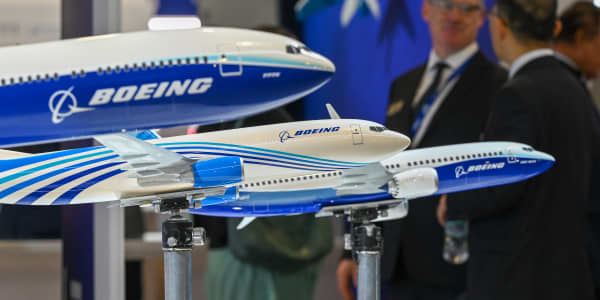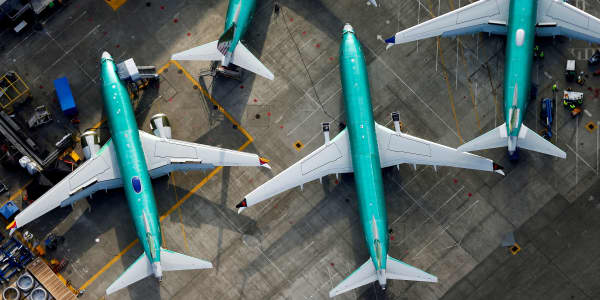The U.S. Federal Aviation Administration is planning to craft rules this year that would make it easier to identify drones and their pilots, according to one of its top officials.
Carl Burleson, the acting deputy administrator at the regulatory body, was in Singapore this week to attend Asia's largest airshow. In a panel discussion, Burleson said one of the main things the FAA wants to solve this year is improving drone security.
"If we were simply dealing with safety, it would be a hard-enough challenge as a regulator," he told the audience. "But here we have a whole set of concerns and interest by the law enforcement community, by the national security community."
Burleson explained that the FAA is working closely with other agencies and the industry to figure out how to solve some of the challenges created by the massive popularity of drones.
"One of the first things we're looking at, and hopefully get done this year, is some kind of rule-making on ID," he said. "From the law enforcement standpoint, at least in our country, that's pretty fundamental. People want to be able to track something — if something goes wrong, they can go back and try to figure out who is responsible."
Last year, a committee within the FAA released recommendations that called for remote identity and tracking of drones based on information sent to an online database. Based on that report, the FAA would craft rule proposals.
As is the case with most new technologies, regulators are playing catch up to the rapid developments seen in the drone industry. From military-grade equipment, drones have become commercially accessible toys and they're increasingly being considered by companies like Amazon to disrupt the delivery service industry.
Regulators are under a lot of pressure because of how relatively new the drone technology is, according to Adam Welsh, head of public policy for Asia Pacific at Chinese drone-maker DJI, who was also part of the panel. He said it was important for the industry and regulators to collaborate to assess the risk surrounding drones.
At the moment, there are no standard set of rules that can be applied across the world for drones — though many countries have individual rules and regulations in place.
Welsh explained that many countries conduct risk-based assessments of drones that are time-consuming, labor-intensive and require a lot of thinking. "Sharing those lessons more broadly so other countries don't have to re-invent the wheel, I think, would be very helpful, giving countries a sort of regulatory template to balance risk with innovation."
Welsh explained that DJI, a leading industry player, has taken initiatives to get ahead of where regulators are going. "We came up with geofencing about four years ago so there are no-fly zones around airports. We did a return-to-home function and we've got capabilities around obstacle avoidance we've added," he explained, saying it was important to still recognize that pilots needed to be held accountable for their drones.
There have been instances where drones have come into close contact, or sometimes collided, with manned aircraft. For example, reports said the FAA was looking at an incident where a drone was hovering right above a plane landing in Las Vegas.
Burleson said the FAA had an overall threefold approach to tackle drones. First, the regulator wants to integrate those aircraft into the national airspace system in the U.S. Second, it wants to make decisions based on what kind of risks an individual drone may pose. Finally, the FAA, Burleson said, wants to collect and study data that would help the authority to understand those risks betters.





